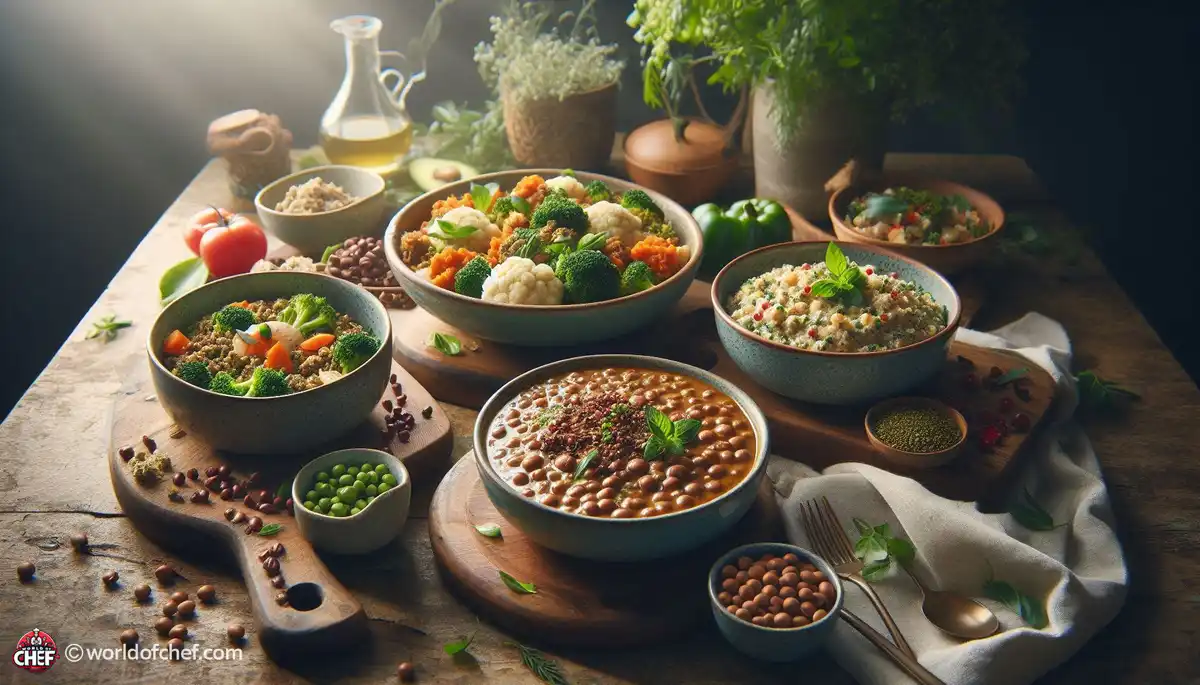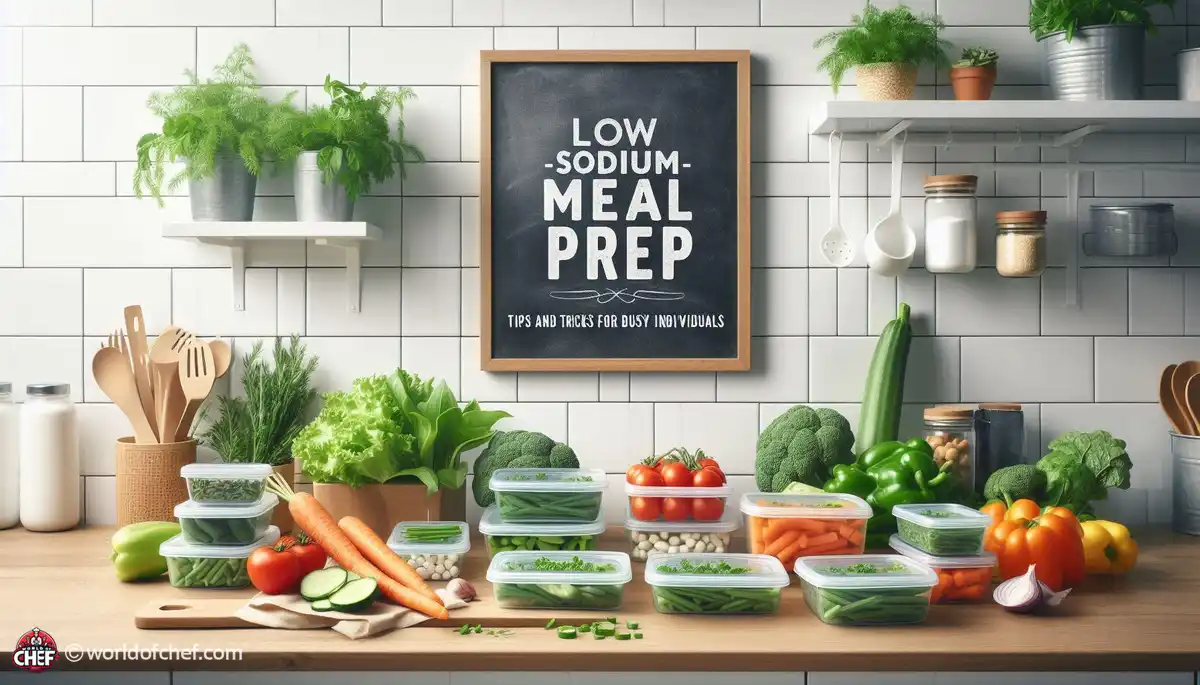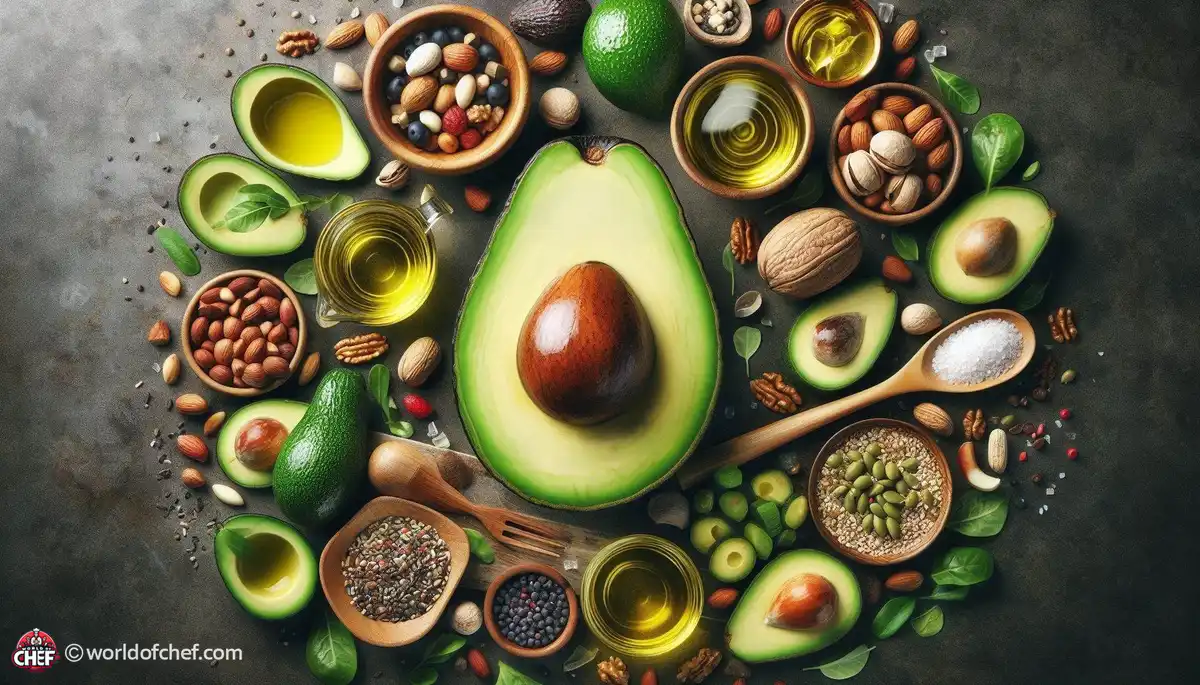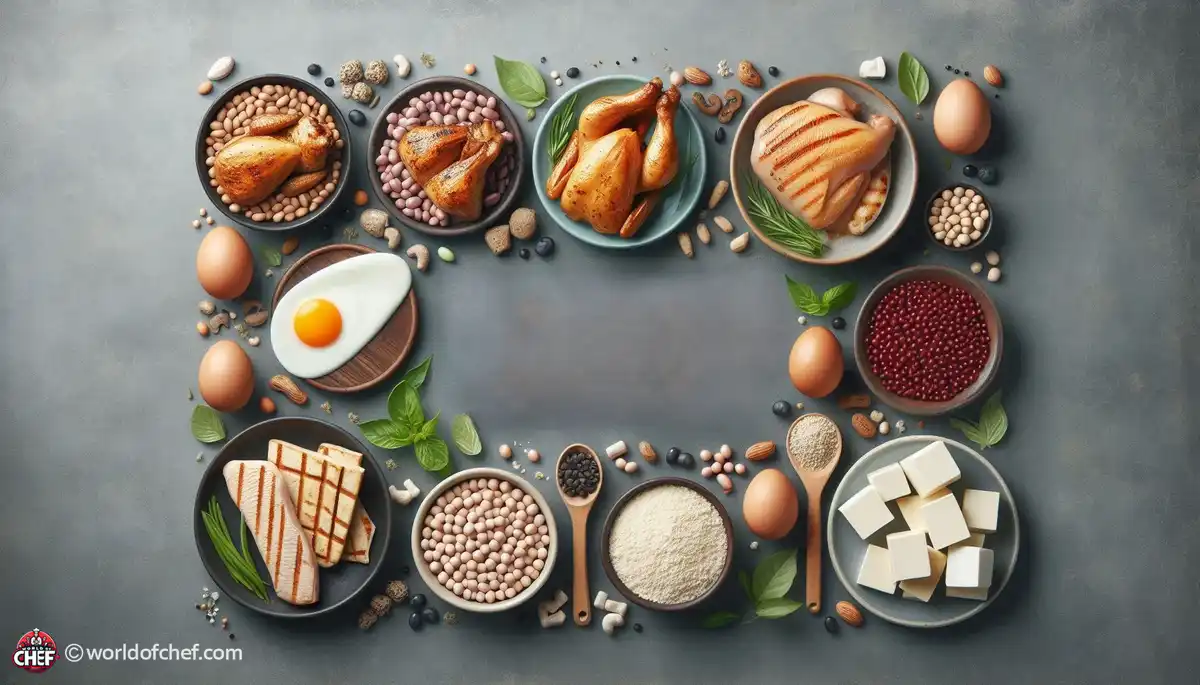
Dinner Delights: High-Fiber Recipes for Every Palate
Clarence Guido - Oct 7, 2024 - 7 min read


Sodium is quite often misunderstood, especially within the nutrition world. But it does a very important job within our bodies. Excessive sodium consumption leads to high blood pressure and heart disease. In this respect, people should be more careful about sodium intake while prepping meals. We take control of our health and change the food we eat by reducing the sodium we ingest through our food. End
Low sodium meal prep has many benefits, including good heart health, low bloating, and healthy kidneys. You will enjoy delicious meals with fewer calories without sacrificing your health. Additionally, low sodium meal prep will save you time and money in the long run because you will not rely on many processed and unhealthy products for convenience.
During low sodium planning, the majority focus will be on varied nutrition food. The emphasis has been placed on eating various fruit, vegetables, and whole grains and as well on lean proteins as in meals. These kinds of food are rich with good source of vitamins, and they help you with not starving feeling and keep on providing energies through the day.
Many recipes can be easily adapted to become low in sodium without necessarily losing flavor. Try mixing herbs, spices, or citrus juices to add extra flavor to your dishes. You can also use the low-sodium versions of broth, soy sauce, or Canned Beans to reduce salt intake without sacrificing flavor.
Quality cookware and utensils make low-sodium meal prep much easier and faster. Non-stick pans, sharp knives, and cutting boards ensure cooking ease. Having these can help prepare meals fast during busy weekdays.
Having the right containers for your prepped meals is kind of the key to success. Look for ones that are durable, leak-proof, and microwave-safe so that your meals don't get soggy or spoiled in the fridge during the week. Divided containers are especially great for portioning out meals and snacks, so you can just grab-and-go when you're on the run.
Batch cooking: This is a lifesaver with low-sodium meal prep. Spend some hours on your weekends, cooking large batches of grains, proteins, and veggies you can mix and match all during the week. You'll save time, but what you will also have is some healthy option ready to go anytime hunger hits.
Freezer-friendly meals are a great choice for the busy sodium cutter. You can prepare large batches of soups, stews, and casseroles, portion them out, and freeze. They will become one of your convenient choices for meals when things get hectic. Thaw and reheat in mere minutes.
Herbs and spices are the secret weapons of low-sodium cooking. Feel free to experiment with different Flavor Combinations to find what works best for you. Fresh herbs add a fresh flavor, while spices like cumin, paprika, and turmeric add depth and complexity to food without adding extra salt.
Citrus juices and vinegars are another way to add flavor to low-sodium meals. For instance, squeeze a lemon or lime over roasted vegetables or marinate your meat in balsamic vinegar for a tangy effect. These acidic ingredients contribute to tenderizing meats and vegetables while adding the final touches to the flavor.
When buying low-sodium ingredients, always read the labels. Buy products that are labeled "low sodium" or "no salt added." Avoid hidden sources of sodium, such as canned soups, sauces, and condiments. Choose fresh or frozen fruits and vegetables as much as possible, since they tend to have lower sodium content than their canned counterparts.
Whole foods are already lower in sodium compared with processed foods, so these are the healthier choices in low-sodium meal preparation. Fresh produce, lean meats, poultry, fish, and whole grains are also good ingredients for preparing nutritious and delicious meals without added salt. Don't forget the sodium content of packaged bread, cheese, and deli meats.
Low-sodium meal prep is a process, and it needs consistency to stay in practice. You will make time every week to plan and shop for meals, plus the cooking time. Making low-sodium meal prep part of your routine will keep you in check and will definitely get you healthy results after some time.
Be creative in your meal prep. Try new recipes, ingredients, and cooking techniques to vary the flavor and fun of your low-sodium meals. And if you just need a little salty treat every now and then, it's alright – all things in moderation! With some planning and creativity, you'll never have to give up flavor for the sake of an unsalted meal.

Clarence Guido - Oct 7, 2024 - 7 min read

Lydia Timmerman - Oct 6, 2024 - 6 min read

Logan Trowbridge - Oct 6, 2024 - 7 min read

Wayne Tobar - Oct 4, 2024 - 8 min read